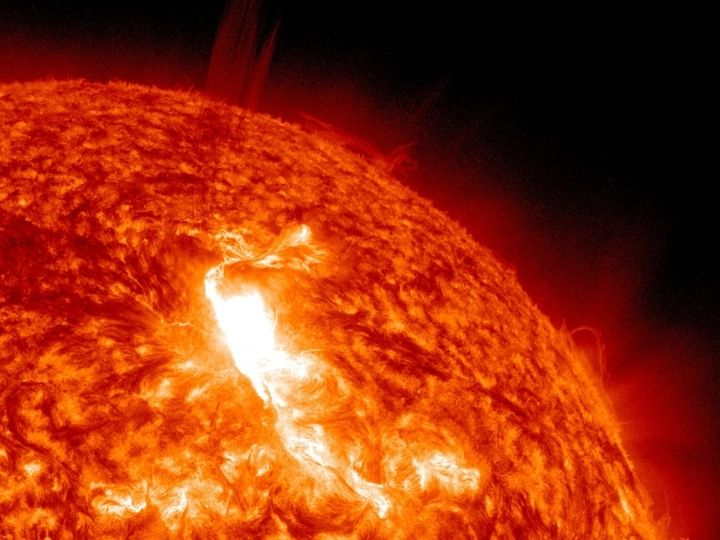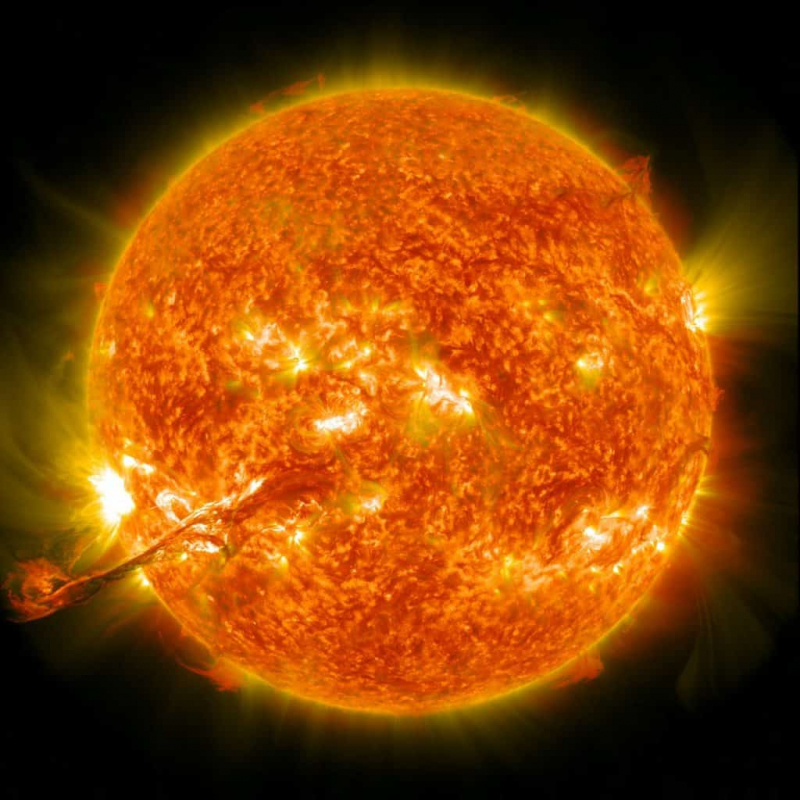The Sun Is over 4.5 Billion Years Old
The Milky Way galaxy contains 100 billion stars, including the Sun. The Sun is roughly 4.5 billion years old, or halfway through its life cycle, according to scientists. The Sun's temperature and size will remain roughly the same for a few billion more years as it continues to run on the hydrogen at its heart.
It will begin to disintegrate once the Sun has consumed all of its nuclear fuel. The Sun will produce enough heat during its compression to keep the leftover hydrogen in its outer shell. The Sun will consequently "puff up" and expand, turning it into a red giant star.
The Sun will begin eating helium as it runs out of hydrogen, turning it into carbon and other heavier elements as it does so. Due to gravity, the dense core will shrink, which will cause a massive discharge of energy. What will be left will be a white dwarf, which is a small, dense core encircled by a massive gaseous envelope.
The white dwarf will eventually cool to absolute zero, blow off its nebula, and disappear into black carbon clumps. The Sun will gradually turn into a black dwarf and cease to emit any heat or light.










